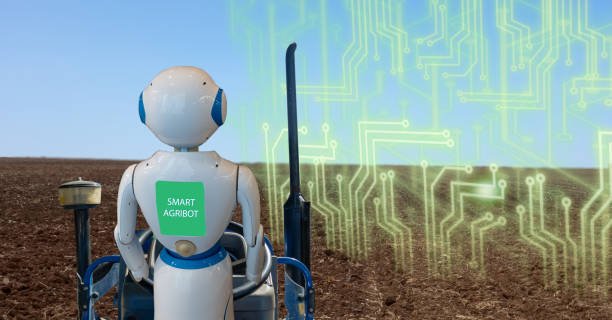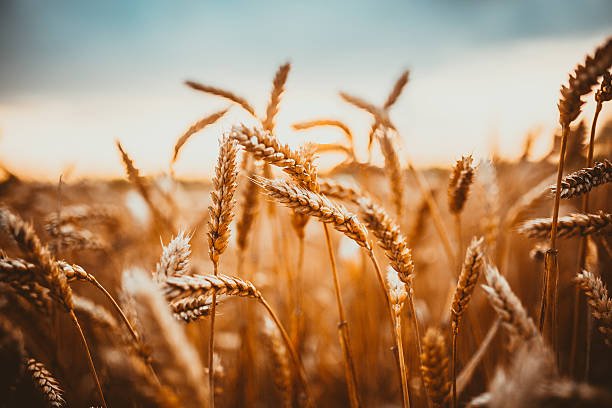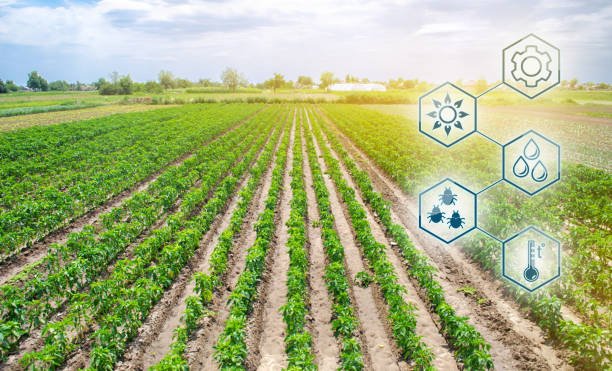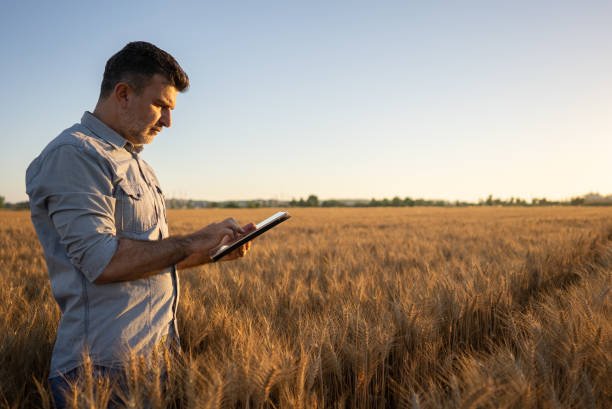The soybean is crucial to the world’s agriculture, food, and biofuel industries. Could that be the reason it is now a standard? Technological developments have considerably helped the advancement of soy research and development.
Researchers and farmers have improved crop productivity, quality, and sustainability thanks to technological advances. In this post, you will learn more about how technology has changed the soy industry and stimulated innovation and development.

1. Precise Farming
Do you currently practice precision agriculture? It’s worth your thoughts. How can it not be when using precision agricultural methods is one of the most important achievements in soy research? Thanks to precision agriculture, U.S. soybean farmers and producers can now use GPS, drones, and satellite photos to enhance their agricultural practices.

For instance, you can use these technologies to apply pesticides, water, and fertilizer more effectively. With these technologies, you can precisely target particular fields. Consequently, you can reduce waste and boost productivity.
As a farmer, you can adjust your cultivation techniques for healthier soybean harvests and higher yields by carefully monitoring soil conditions.
2. Genomic Research
Technological advances have increased genomic research. Consequently, they have enabled researchers to learn more about the genetics of soybeans. Understanding the crop’s characteristics, disease resistance, and nutritional value has been made possible through DNA sequencing and genetic mapping.

Using this knowledge, researchers can create genetically altered soybean cultivars that are more resistant to pests, diseases, and environmental stressors. Additionally, it makes it possible to grow soybeans with improved nutritional profiles for both human and animal consumption.
3. High-Throughput Phenotyping
High-throughput phenotyping is a state-of-the-art technique that allows researchers to examine vast information on plant features. Researchers may evaluate the growth and development of soybeans. Furthermore, using automated imaging systems and sensors, phenotyping helps researchers assess soybean plants’ reactions to various environmental circumstances.
This data-driven methodology makes it possible to identify essential characteristics linked to crop performance, assisting in developing superior soybean varieties.
4. Machine Learning And Data Analytics
The rise of these fields has completely changed soy research and development. Thanks to these emerging fields, scientists can learn much about crop performance. Scientists can learn from and prepare for possible disease outbreaks.
Additionally, they can make yield predictions by analyzing enormous amounts of data from numerous sources. Such sources include field sensors, satellite imagery, and weather data. For farmers and researchers, machine learning algorithms can scan this data and spot trends that human observation could miss. This enables quicker and more precise decision-making.
5. Supply Chain Traceability And Blockchain Technologies
Blockchain technology has become a powerful tool for ensuring transparency and traceability in the soybean supply chain. By recording and securely storing transactional data, blockchain facilitates tracking the origin of different soybean species.
These technologies enable the processing and distribution of soybeans. In addition, traceability and blockchain technologies help validate sustainability claims and prevent fraud. They enhance customer trust, creating more market potential for sustainable soy products.
6. Gene Editing And Biotechnologies
Biotechnology has transformed the research on soy. Specifically, it has fostered gene editing methods like CRISPR-Cas9. Scientists can carefully change the soybean genome to provide desirable features like better disease resistance, improved nutritional value, and increased yield potential.
The potential for creating soybean cultivars that address food security and climate change is enormous. Thanks to these biotechnology developments, which streamline these advances.
7. Satellite Imagery And Remote Sensing
You can employ satellite imagery and remote sensing technologies to completely change how you monitor and evaluate the performance of soybean crops on a large scale. With high-resolution cameras and sensors, you can embrace onboard satellites.

Remember that onboard satellites streamline information collection on growth patterns, crop health, and vegetation indexes. Moreover, this knowledge aids in spotting early indications of stress. The technologies ease the monitoring of disease outbreaks and optimize resource allocation for better crop management.
8. Genetic Engineering
Biotechnology and genetic engineering have significantly contributed to the study and development of soy. Genetic engineering tactics, such as gene editing and transformation, have allowed scientists to introduce desirable traits into soybean plants more efficiently.
These features include herbicide resistance, drought or pest tolerance, and higher nutritional value. Likewise, biotechnology developments have hastened the development of genetically modified soybean varieties. Modified soybean varieties have numerous benefits for farmers and consumers.
9. Robotics and Automation
Especially for labor-intensive jobs, robotics, and automation have changed soybean growing operations. Today, robots can efficiently and precisely carry out tasks like planting, weeding, and harvesting.
Due to their ability to operate continuously, these machines reduce the need for human labor and boost productivity. Robotics also makes it possible to gather real-time data. As a farmer, you can track crop health, find diseases, and allocate resources more effectively.
10. Computational Modeling and Simulation
These techniques have developed into practical tools for soy research. Researchers can design virtual models that recreate various environmental circumstances. The output allows the researchers to examine the possible impact of diverse elements on soybean growth and development.
This predictive modeling promotes better decision-making. It assists in devising strategies to avoid risks and optimize production.
11. The Cyberspace
Sensors and the information superhighway enable farmers to access instantaneous data on environmental conditions, soil moisture, temperature, and nutrient levels.
Farmers can monitor and optimize crop growth metrics with these technologies by embedding these sensors in the fields. IoT devices provide seamless communication and data sharing. It makes it easier to make educated decisions and manage resources effectively.
Conclusion
Technology is becoming a vital factor in advancing soy research and development. The good news! The potential for additional innovation and advancement in soy research is limitless as technology develops. It promises soybean farming, its crucial role in your life, and a better future.
Therefore, everyone involved must understand the enormous potential that lies ahead. And you can keep realizing the full potential of soybeans by fostering collaboration, funding research, and putting sustainable methods into practice.
This will guarantee a resilient and prosperous future for the sector and the environment. So, take advantage of this chance to influence the direction of soy. Doing this will support a more environmentally friendly, food-secure world for future generations.



